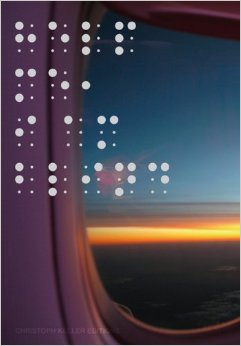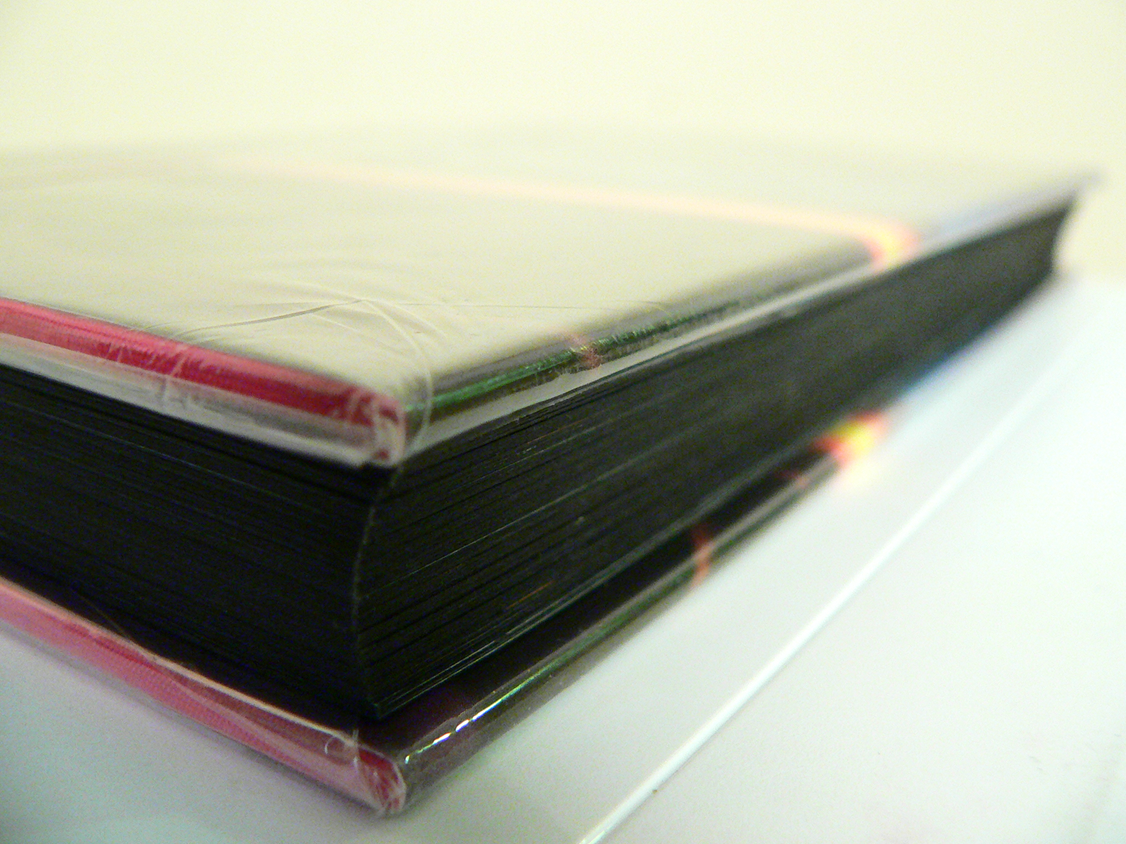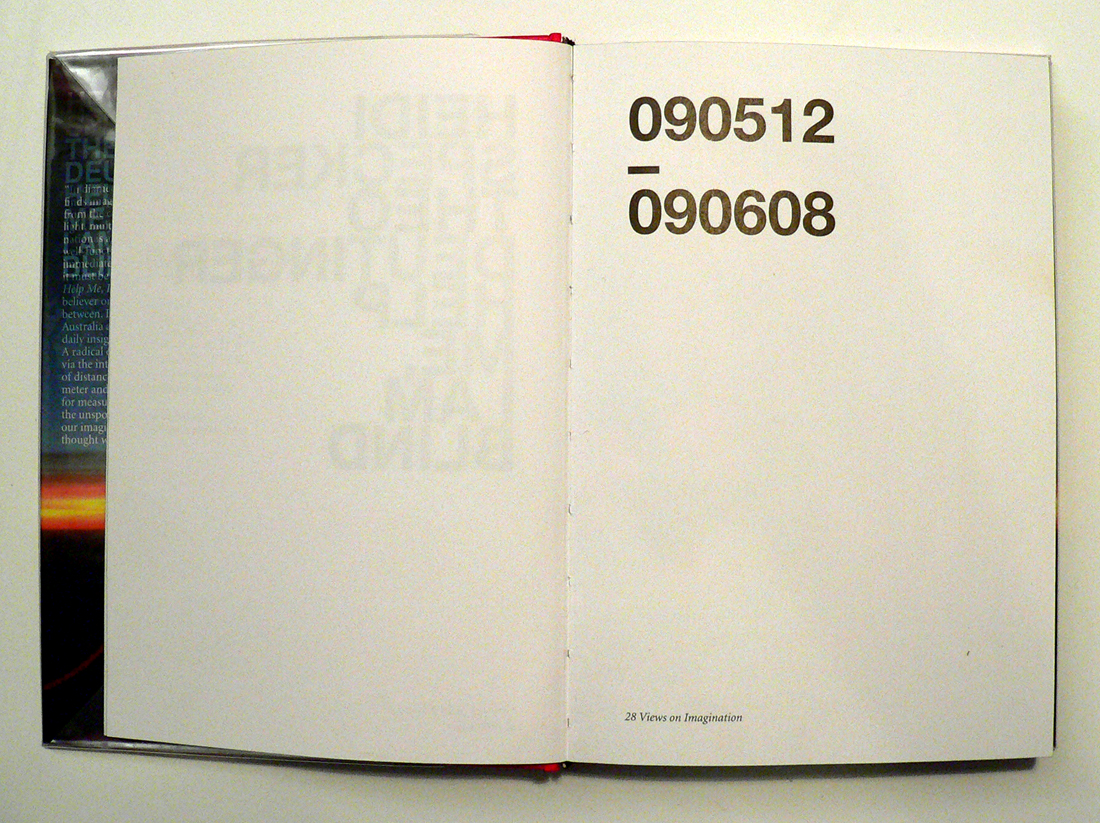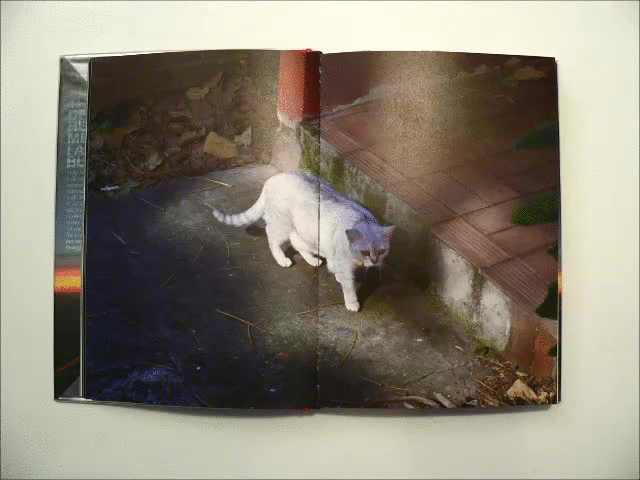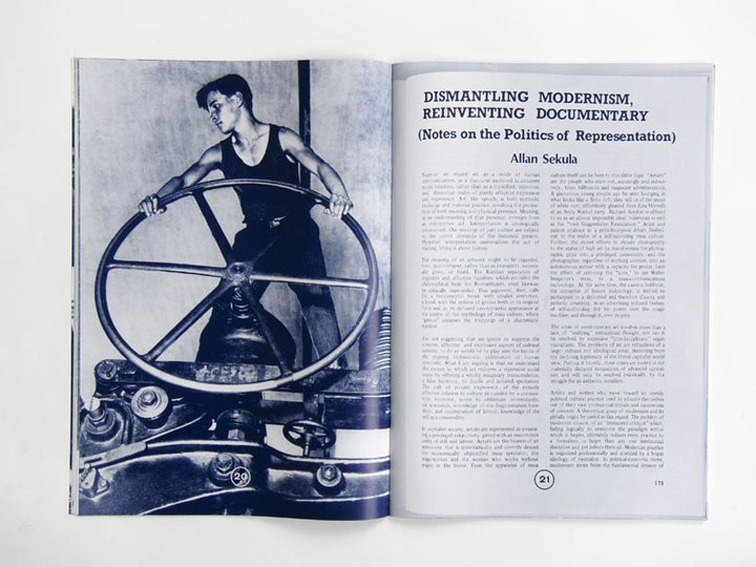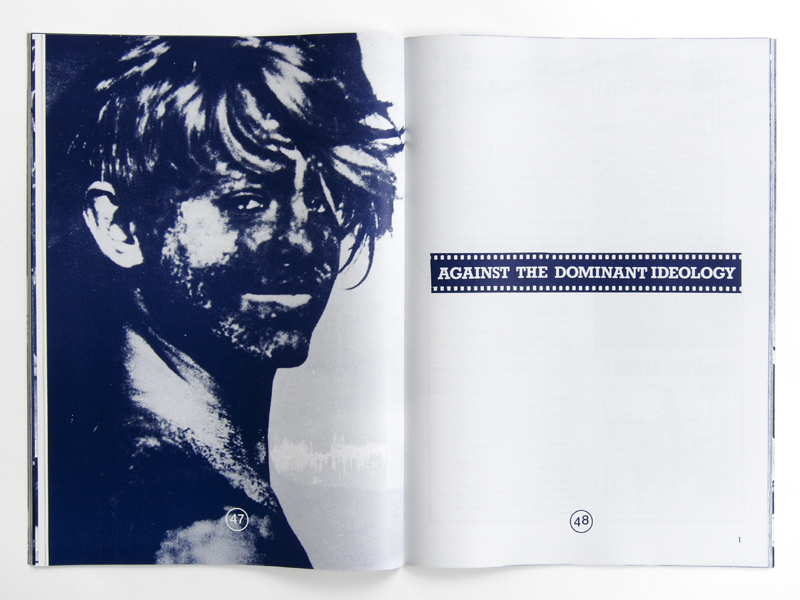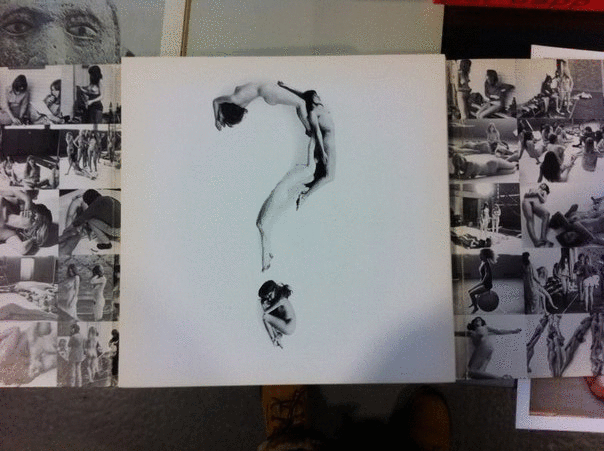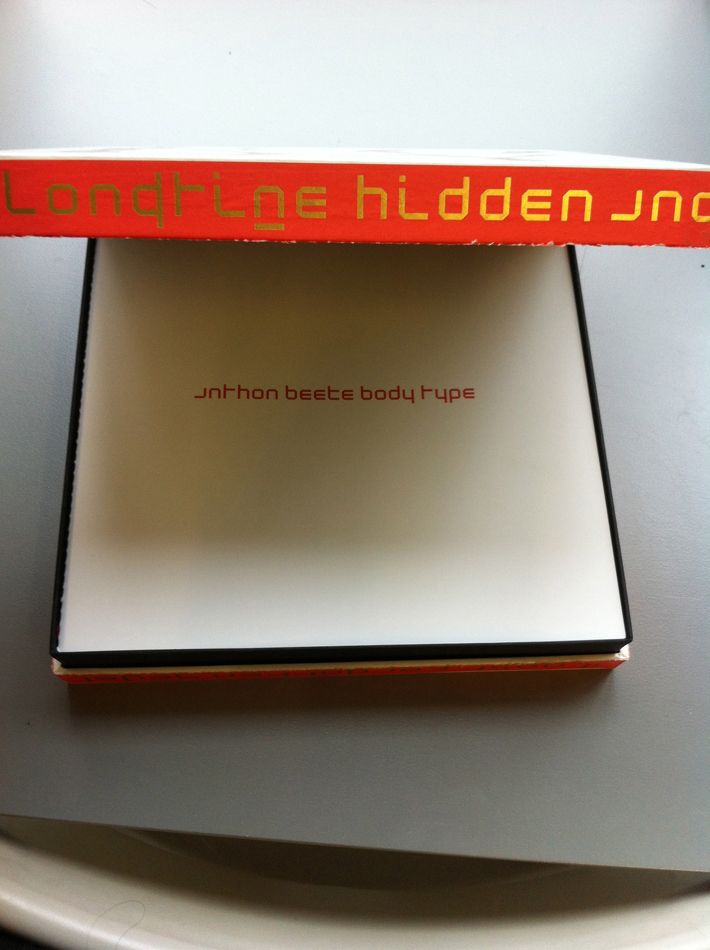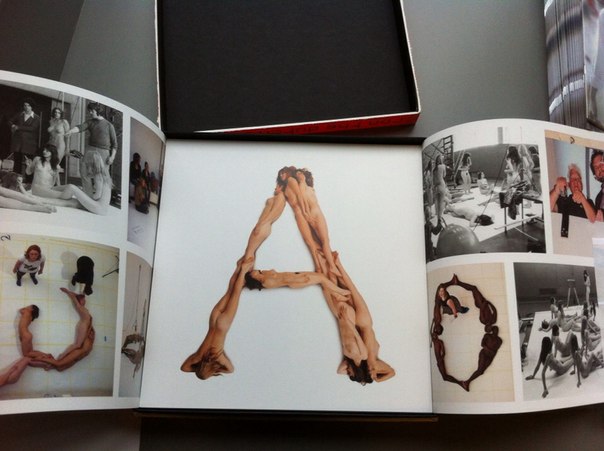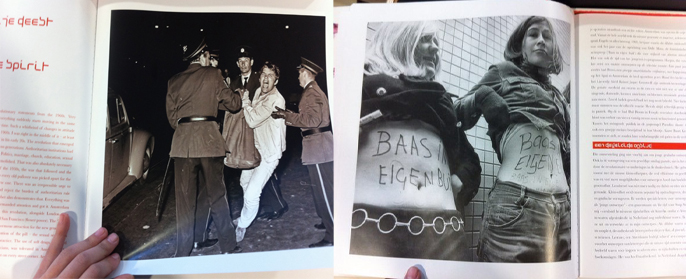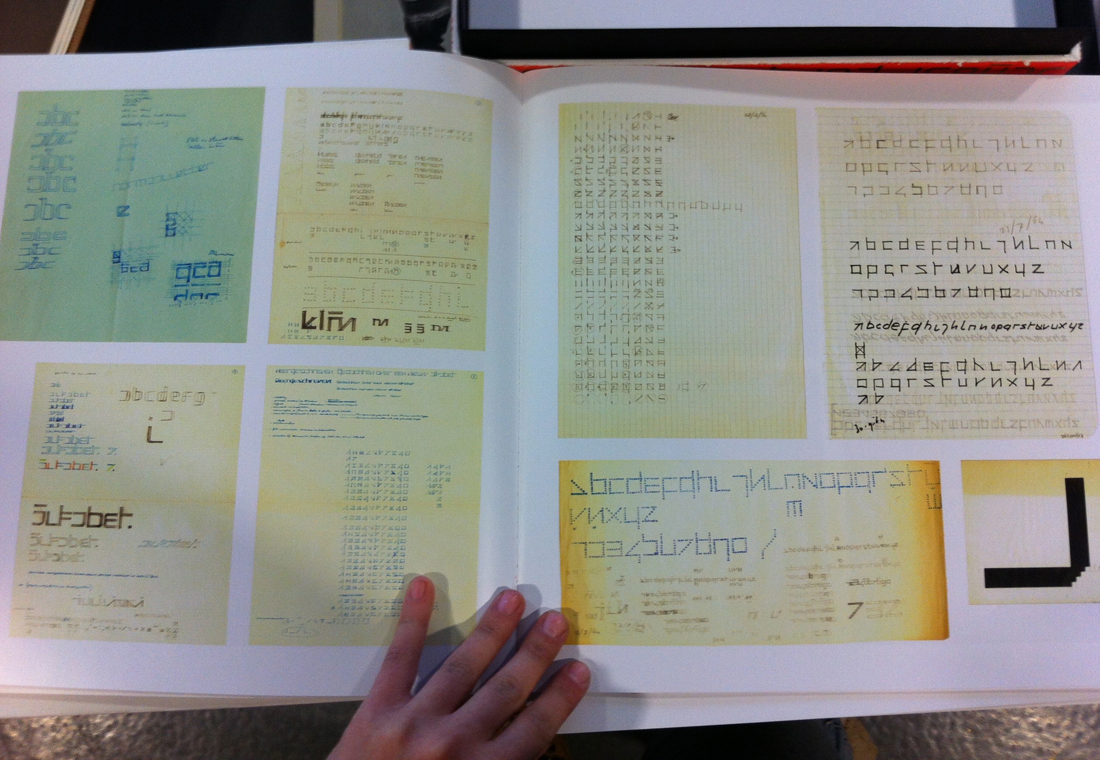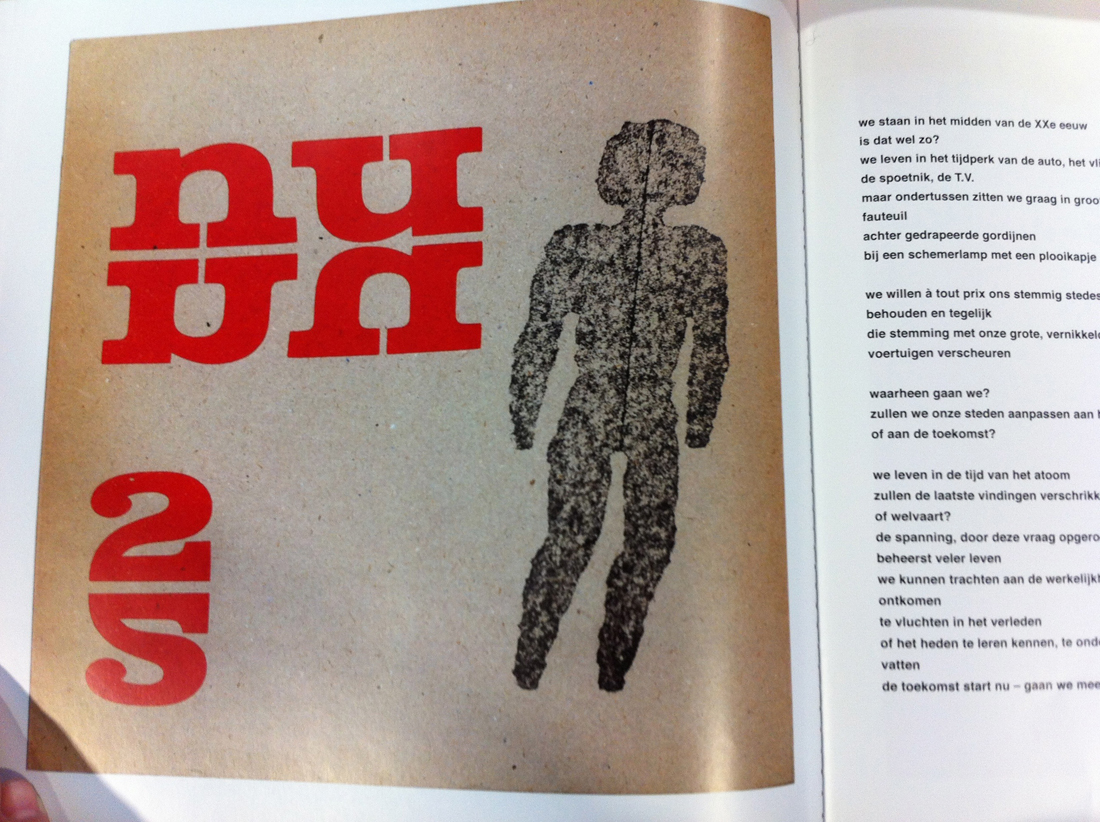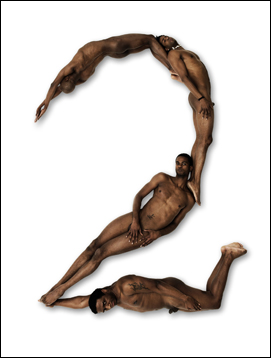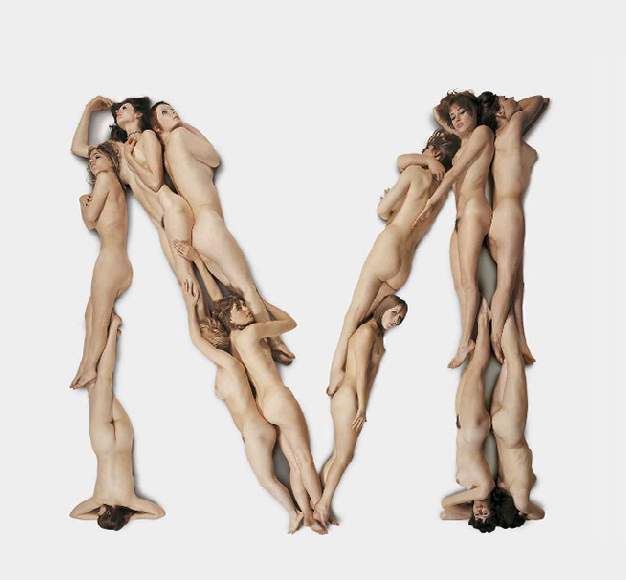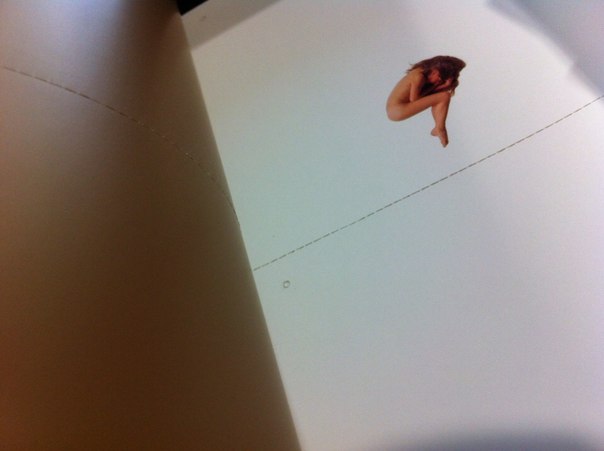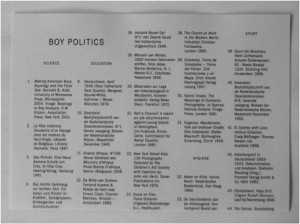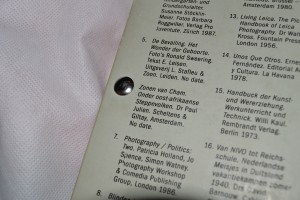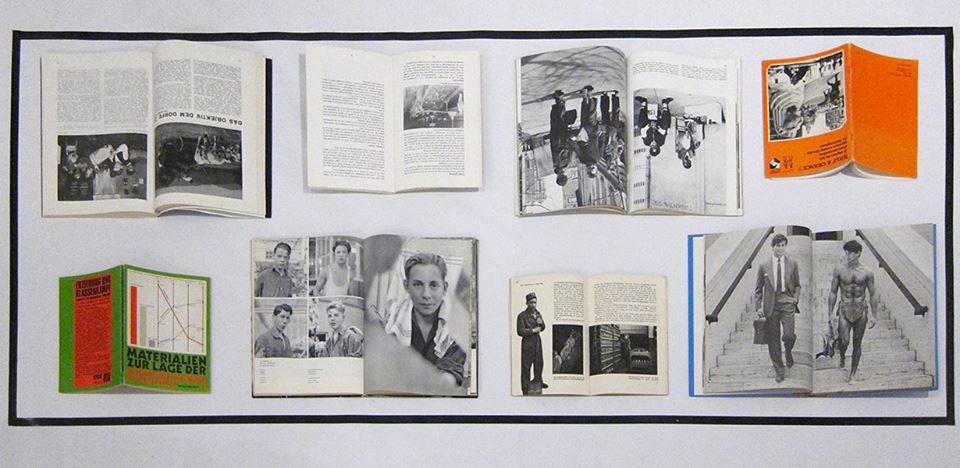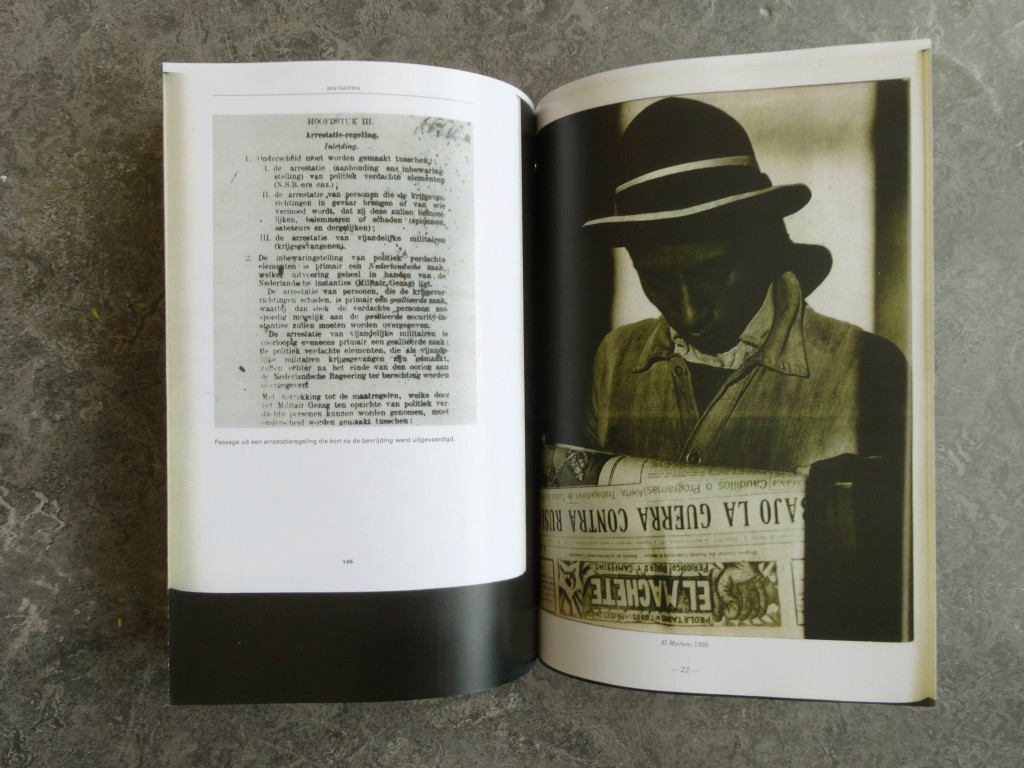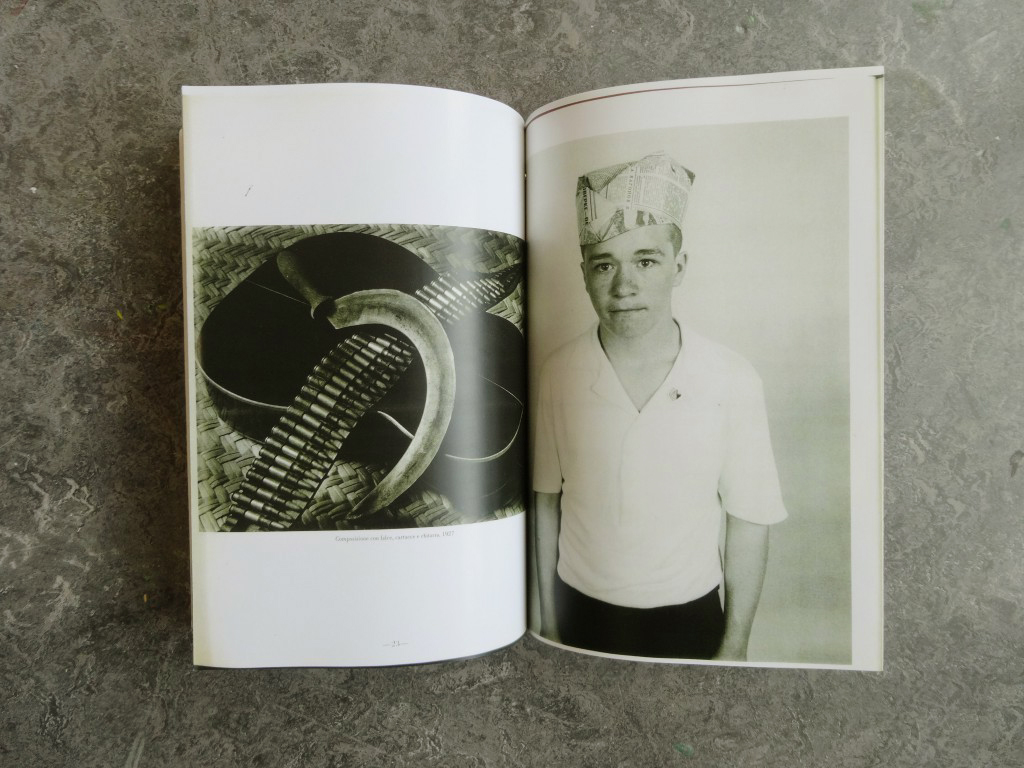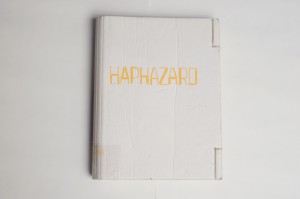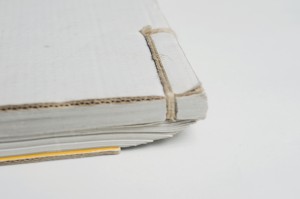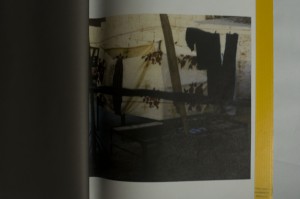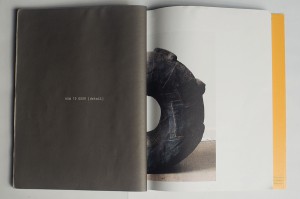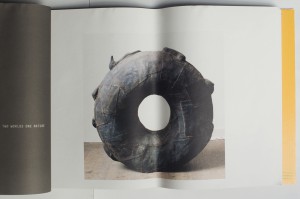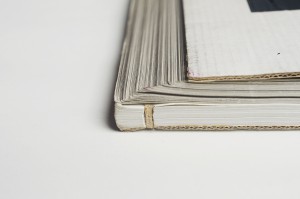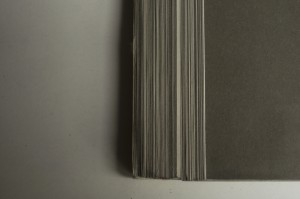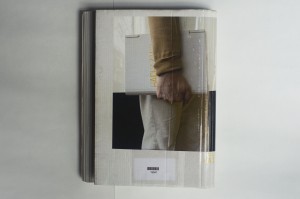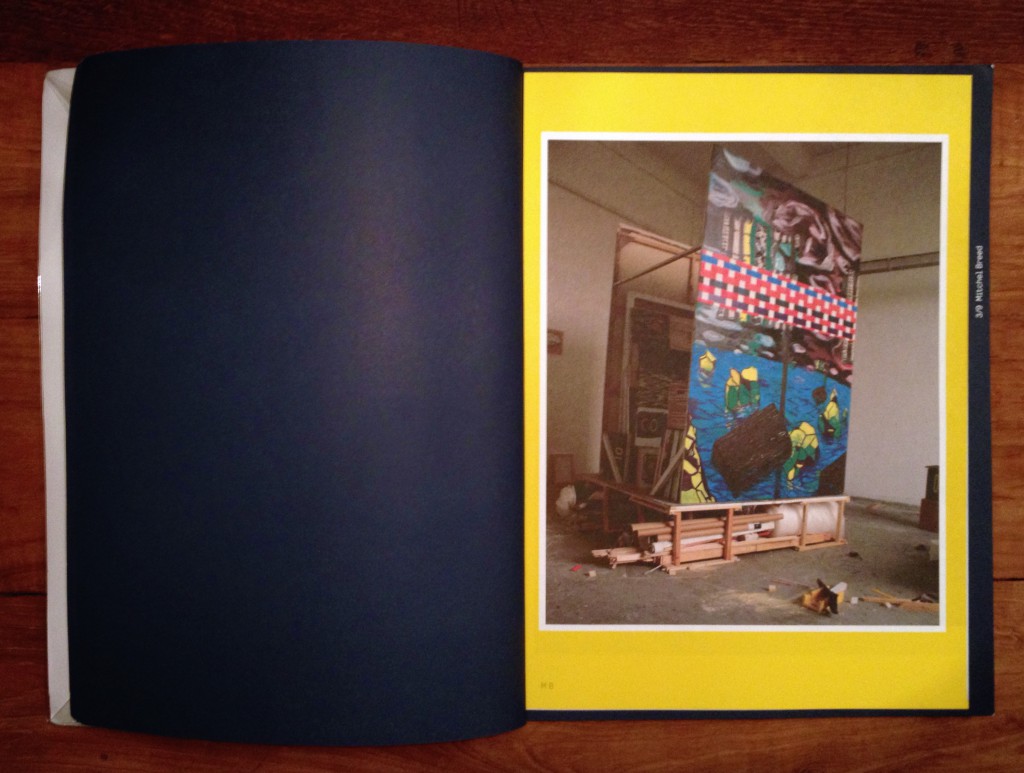Isaac newton color system
Sir Isaac newton invented the color wheel, allthought i believe there were other color-wheels before, Isaac newton invented a few new aspects to the color wheel that were significant to our understanding of light and colors in the spectrum.
Color system picture:
Newton made a box where daylight came in and through a prism divided in 7 colors, then he aims mirrors on this position to bring the colors back to white light again to prove his point. he figured out that al the colors have a different segment size on the spectrum. After Newton had used a prism to separate daylight and count seven individual colors, it appeared to him that, when considering color-hue, this was a closed system. By taking the violet end of the spectrum and linking it to the red start-point, he thus created a convincing circle of colors.
This happened in England 1704 and the system has the colors Red, orange, yellow, green, cyan blue, ultramarine blue, violet blue.
He also thought of colors like music, red as D orange as E f as yellow. G as green, A as blue, indigo as B and violet as C.
Newton created white from all colors again. From this idea he created a wheel that is used as kids toys today.
If you spin it really hard you would get white.
Color wheel:
To start working with this system, i focused on light at first and try to experiment with light from the computer screen.
After that i focused on the music aspect. I tried to make a random song on an organ.
Then i made in after effects also a random shape that would move in a circular shape that would eventually turn into white. While i was working on it something went wrong with the audio and the tuning went up a few notes. This made it sound like an arcade game and without really much thinking a tried to do something with that but then i noticed that i was illustrating and moved on to the next step.
Here are some pictures of the movie:
first color system on sound:
In the end i was not happy with the piece, its song seemed a bit too finished or a pretty song and the shape of the circular movement also didn’t really make sense to me so i started over.
To keep it not to disconnected i recorded my voice when watching the previous made movie and try to react on it in a more primitive way. Then some notes came out, i tried to find the notes with a recorder/tuning device and timed there duration and see which color the notes have on the spectrum. Then i made a pallet and with this pallet in front of me i manually drew lines in after effects, since it’s actually a line that comes from the division of light into colors, but now interpreted trough a manually human action.
Later i reflected on why i choose for this manually drawing action and i figured it had something to do with me trying to visualize the joyful experience of newton being in this dark room with mirrors an prism and 2 way light from one end of the white light to the other end of the white light and standing in the middle of a space filled with colors mixed with the dancing happiness of finding this discovery, because if you see only the pallet spectrum image that i made then it is almost a computer like generated empty image, a data, a fact, a statistic from a to b. i choose to draw the lines vertically on the screen to give the impression that the circle of colors (and therefor light) is flat and moving in a circle which is including the space of the spectator and only documented on the computer screen.
New Color System:
It was pretty hard to get the timing right since i don’t know the program that well and while i was making it i didn’t know what i was making since the line disappears after letting go of the mouse-click but it is then recorded on the video. i had to cope with the limitations of the program or my knowledge of the technique and see what comes out in the end without being able to undo one step because then you had to redo the whole thing which i did several times. i thought that drawing color in terms of light had an importance to the piece since a computer screen is made of light but in the end i wonder if the limitations of the program really benefited my approach so next time or maybe the next step i will avoid using a program like this and explore a more manual and direct approach.
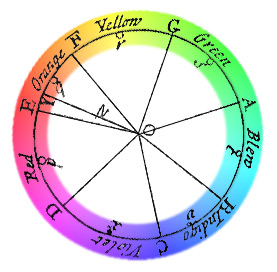
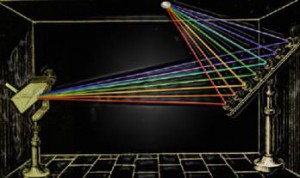

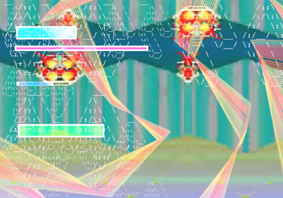
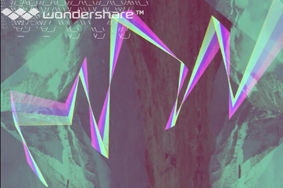
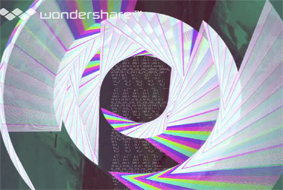
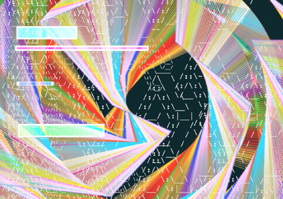
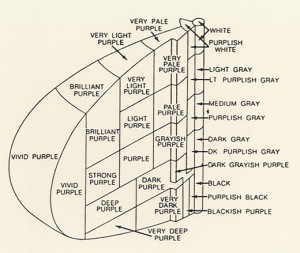
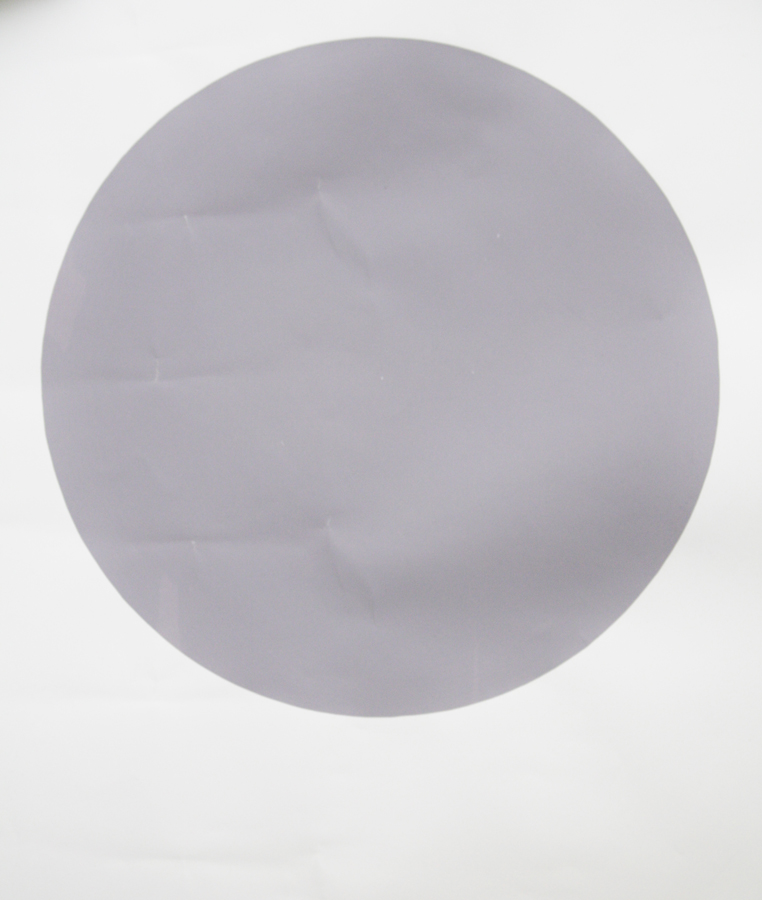
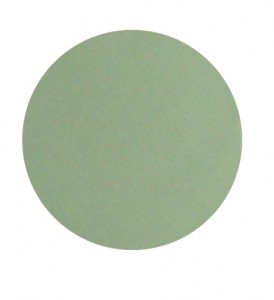
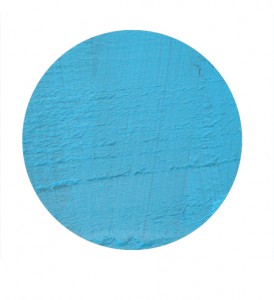
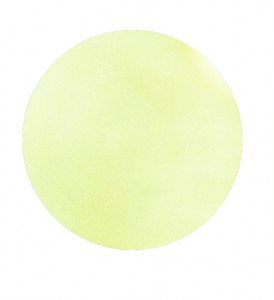
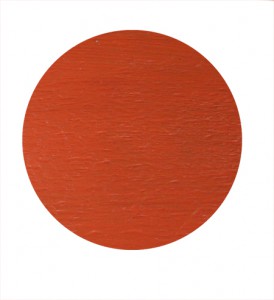
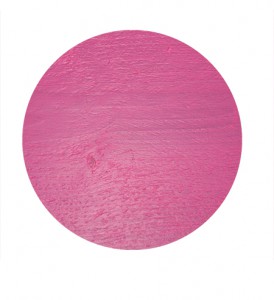
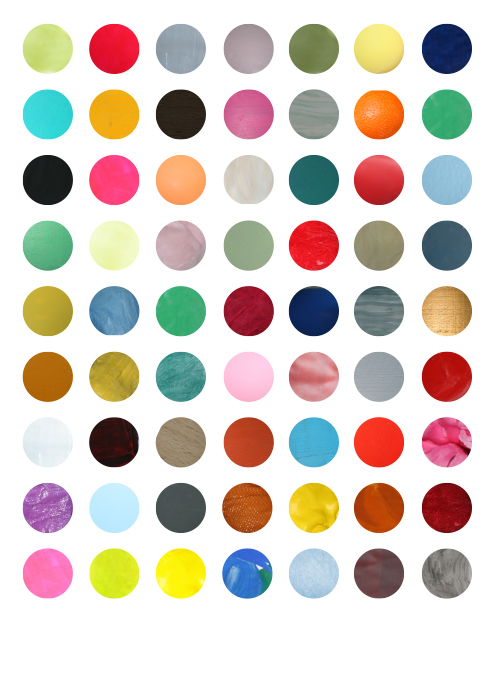
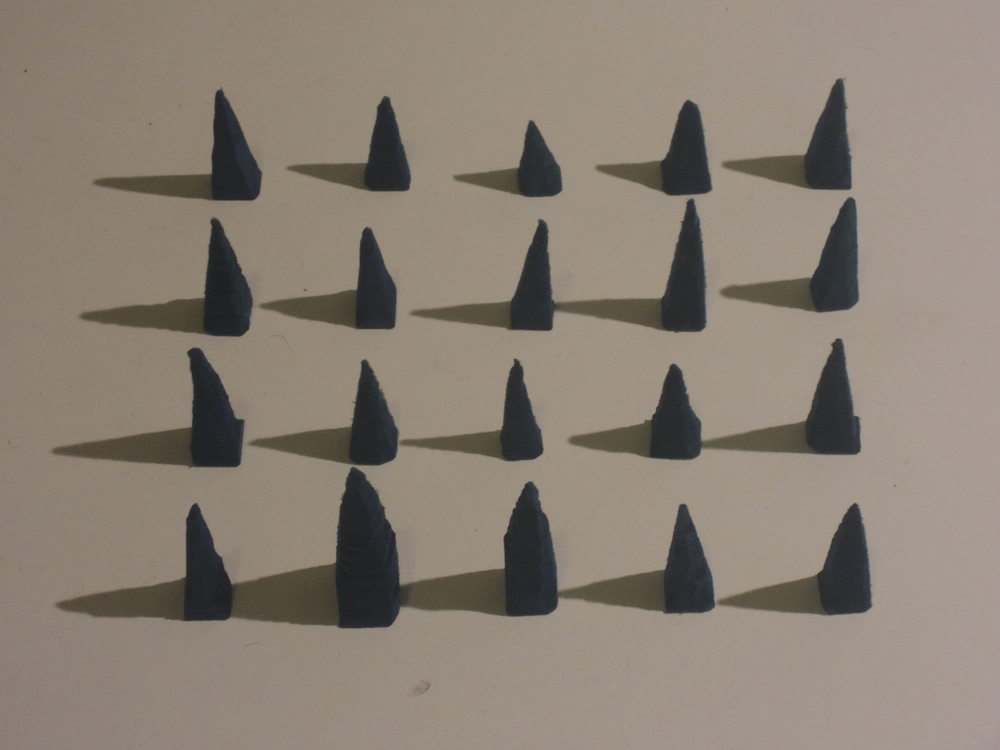
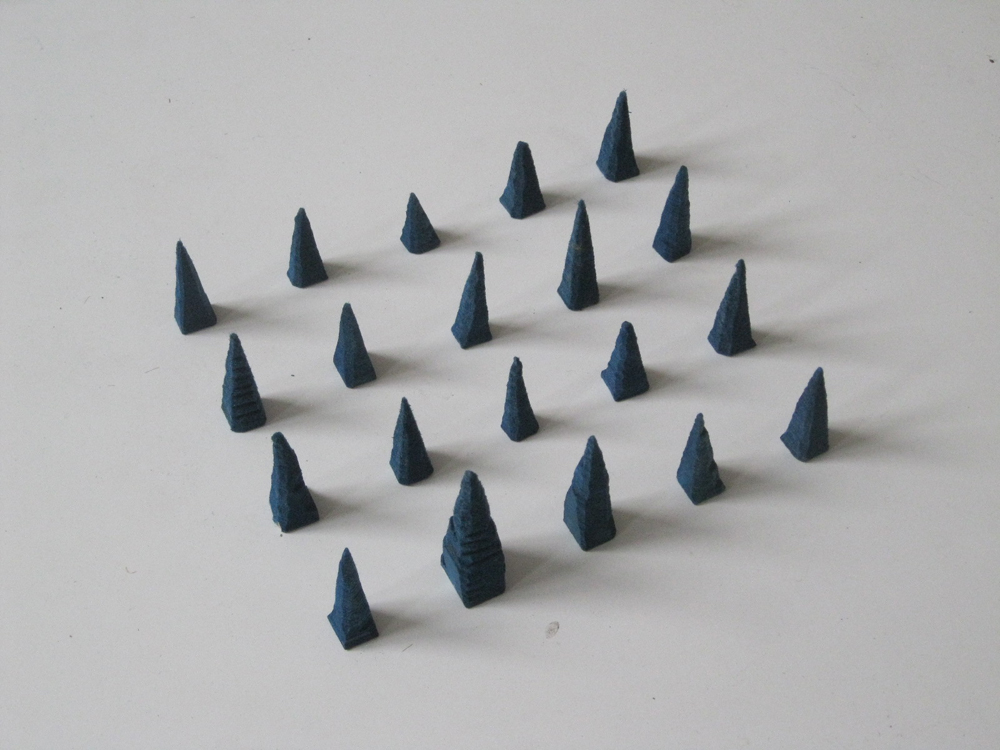
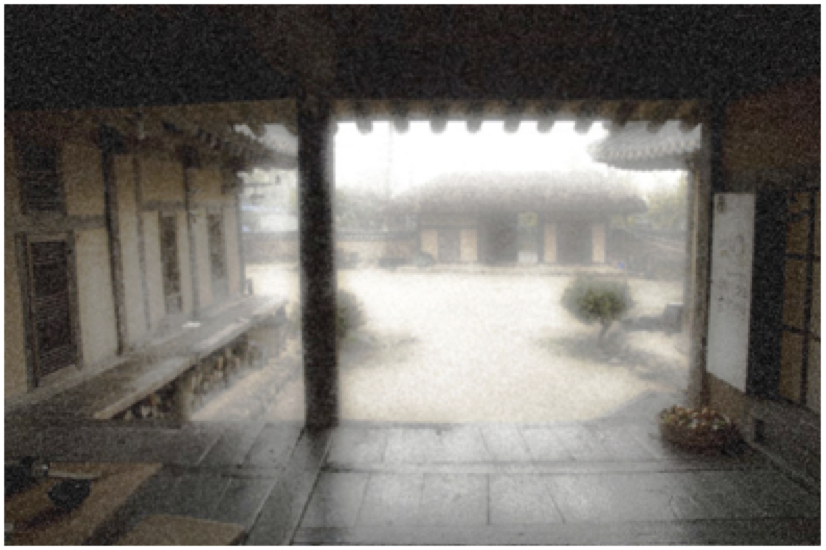
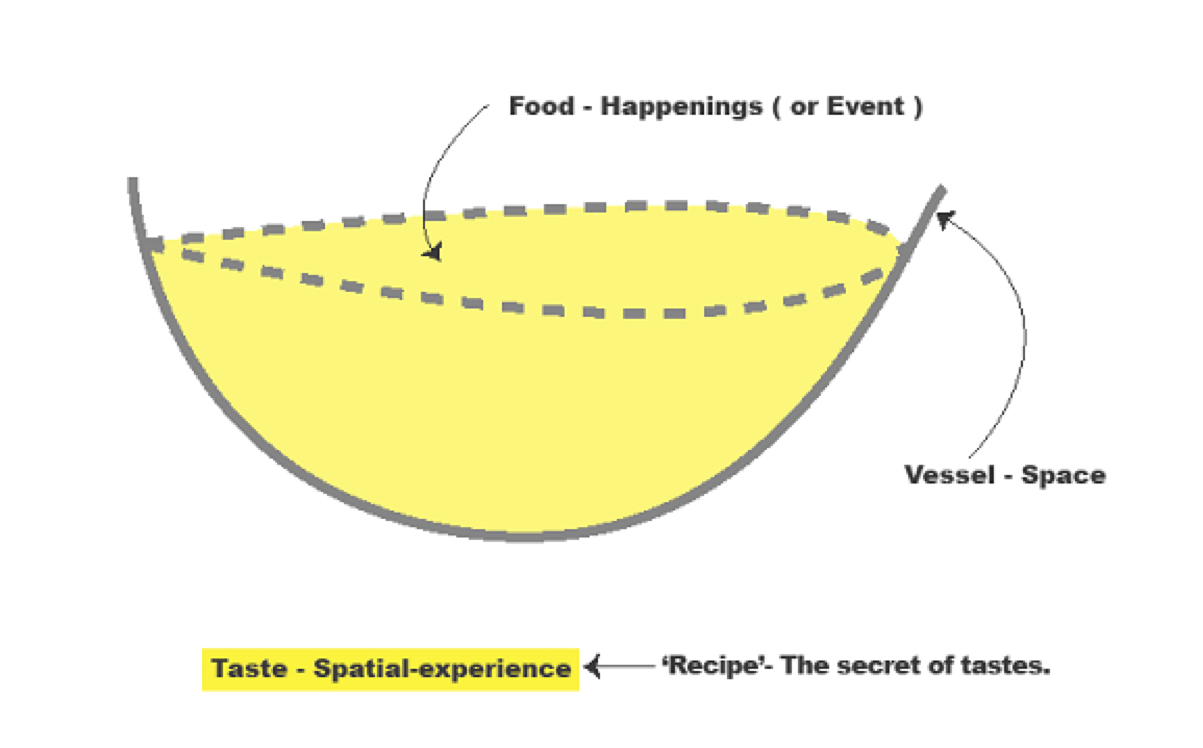
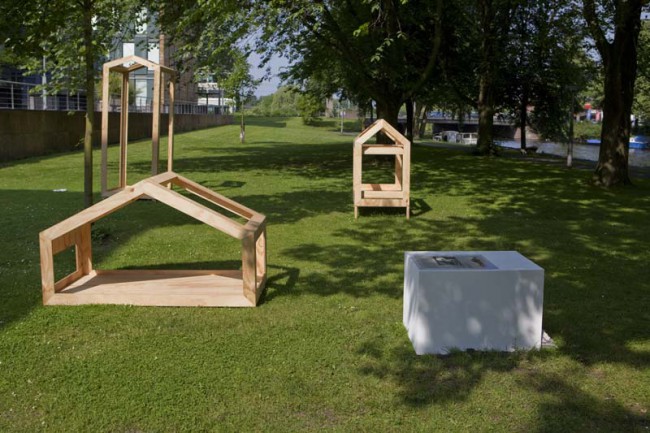



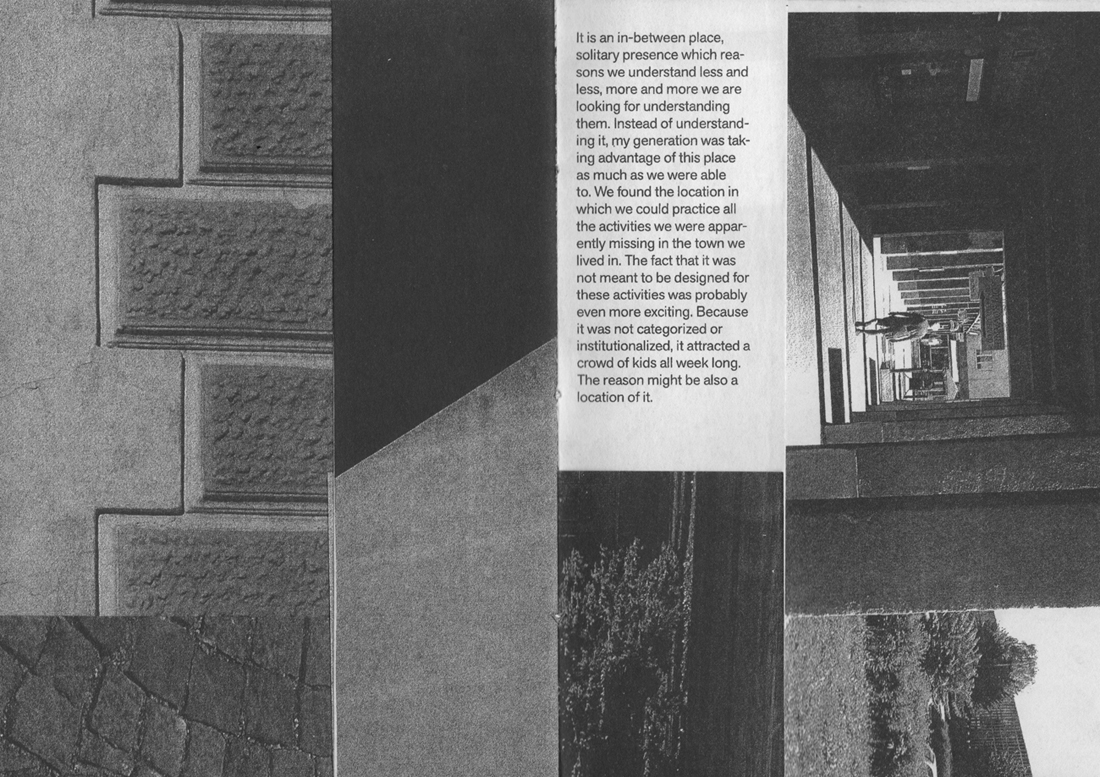
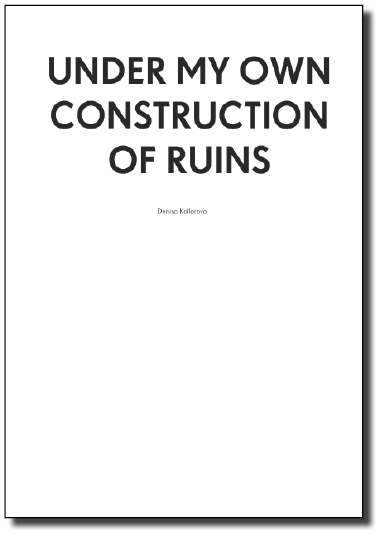
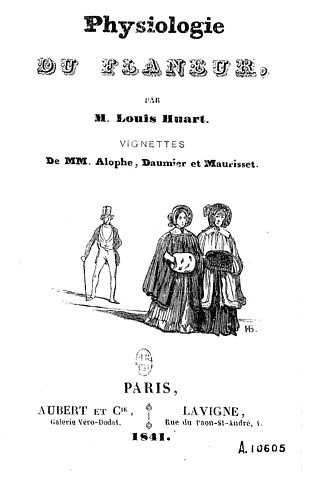


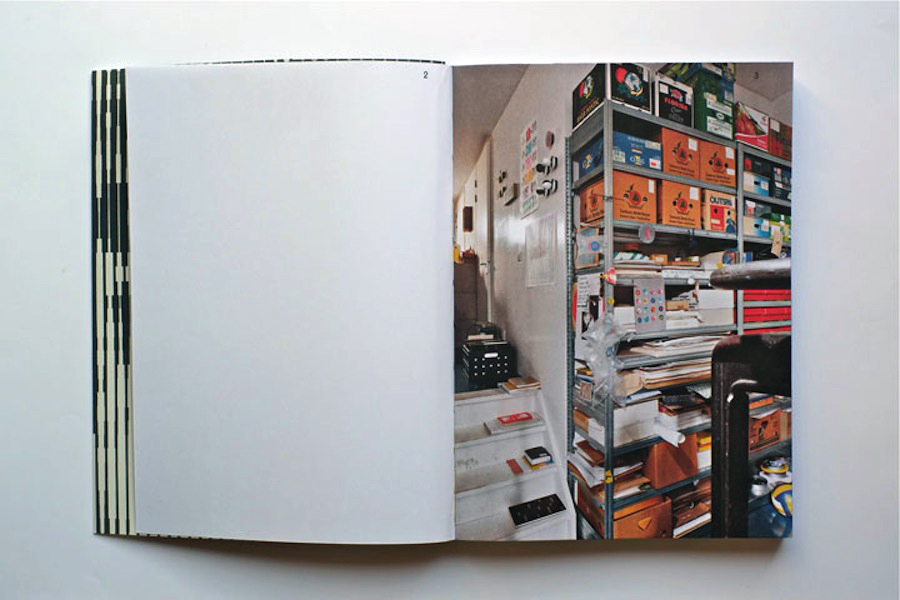
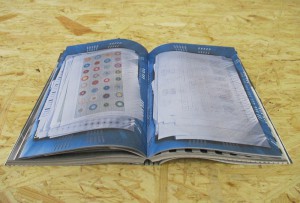
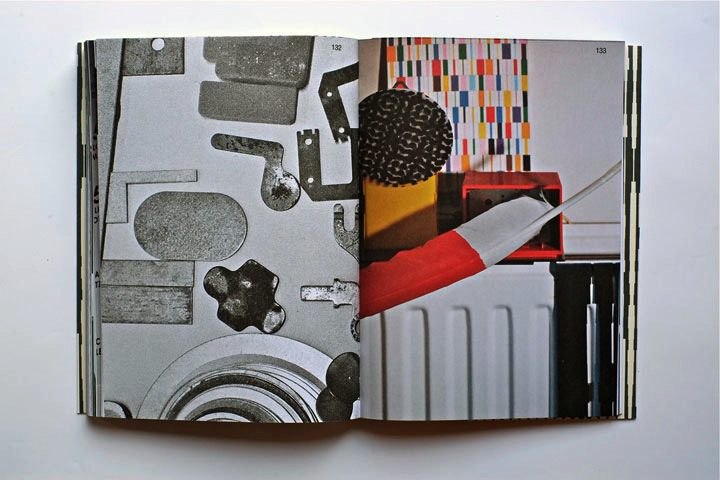
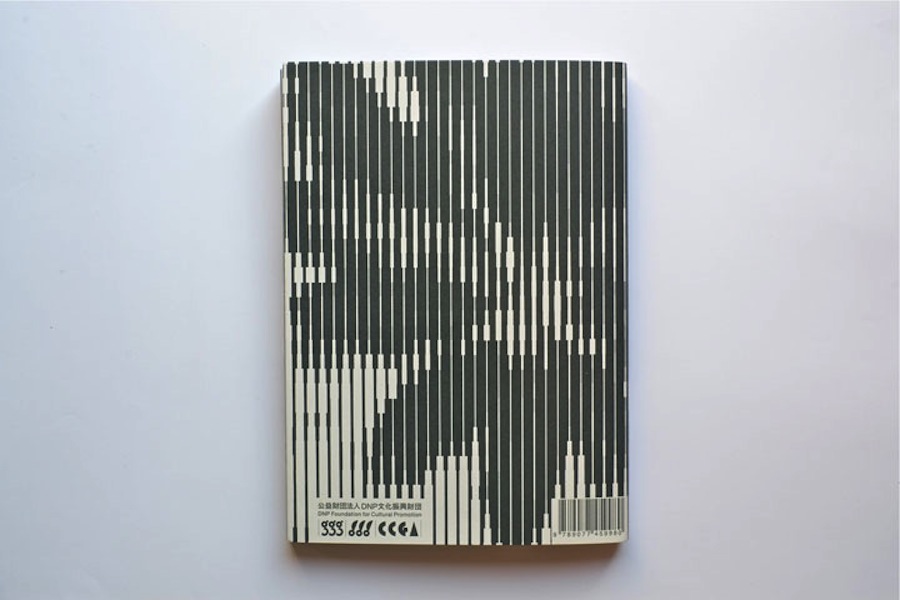
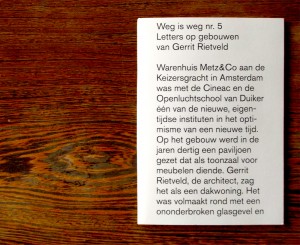

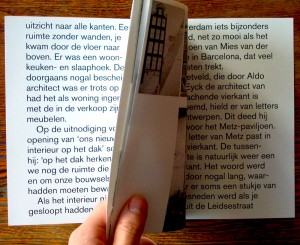
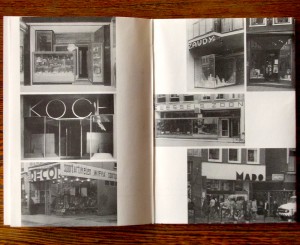
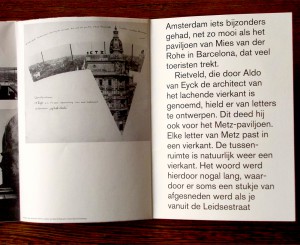

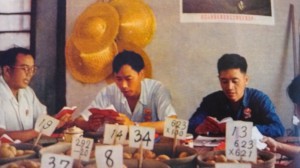
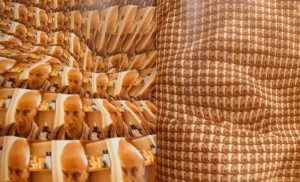
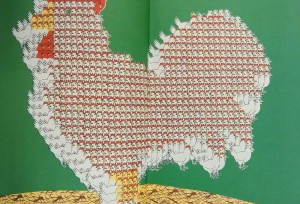
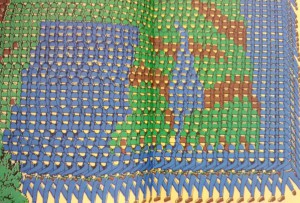

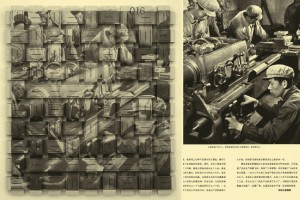
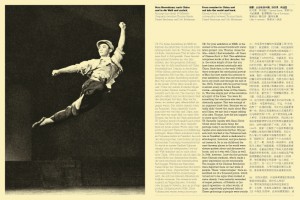
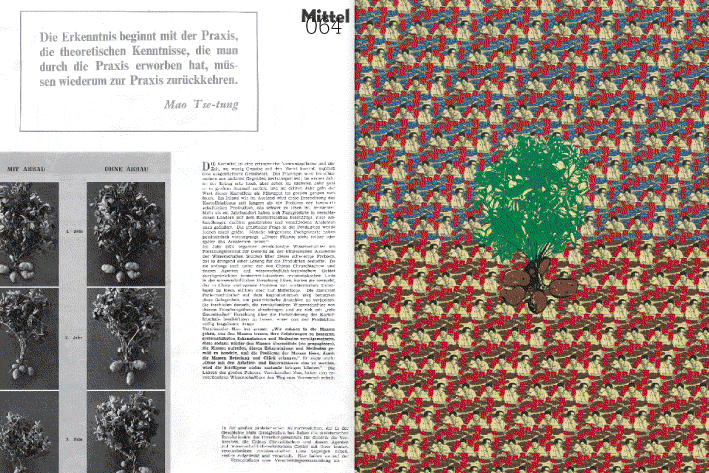
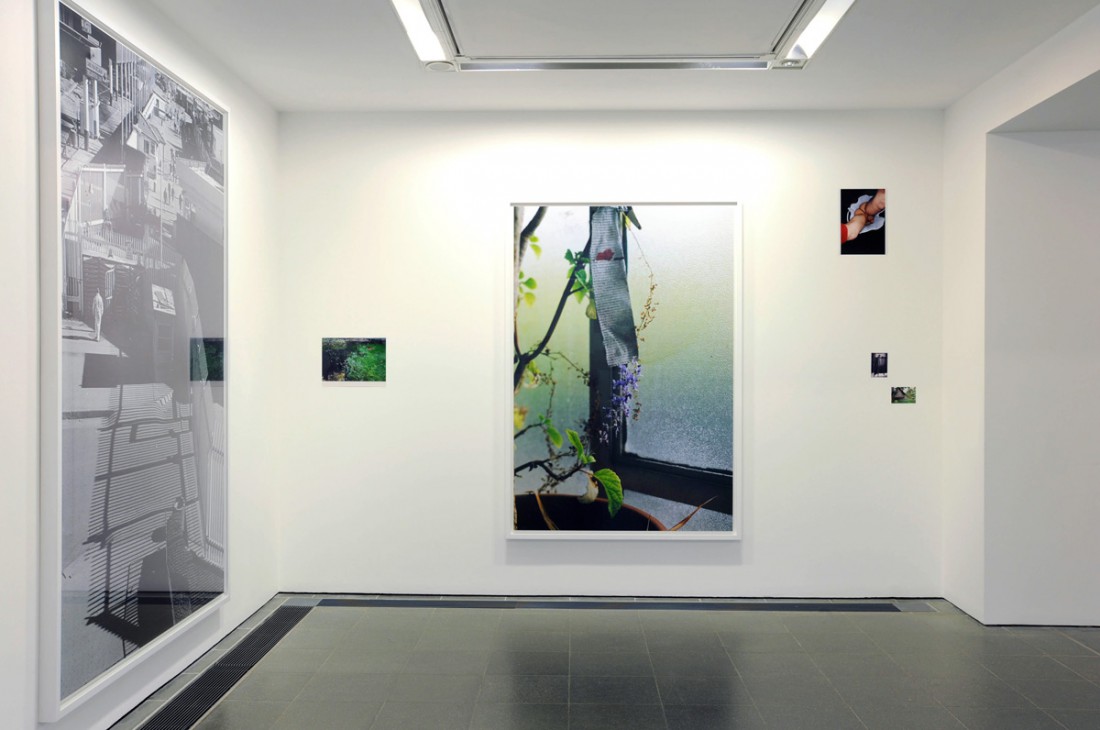










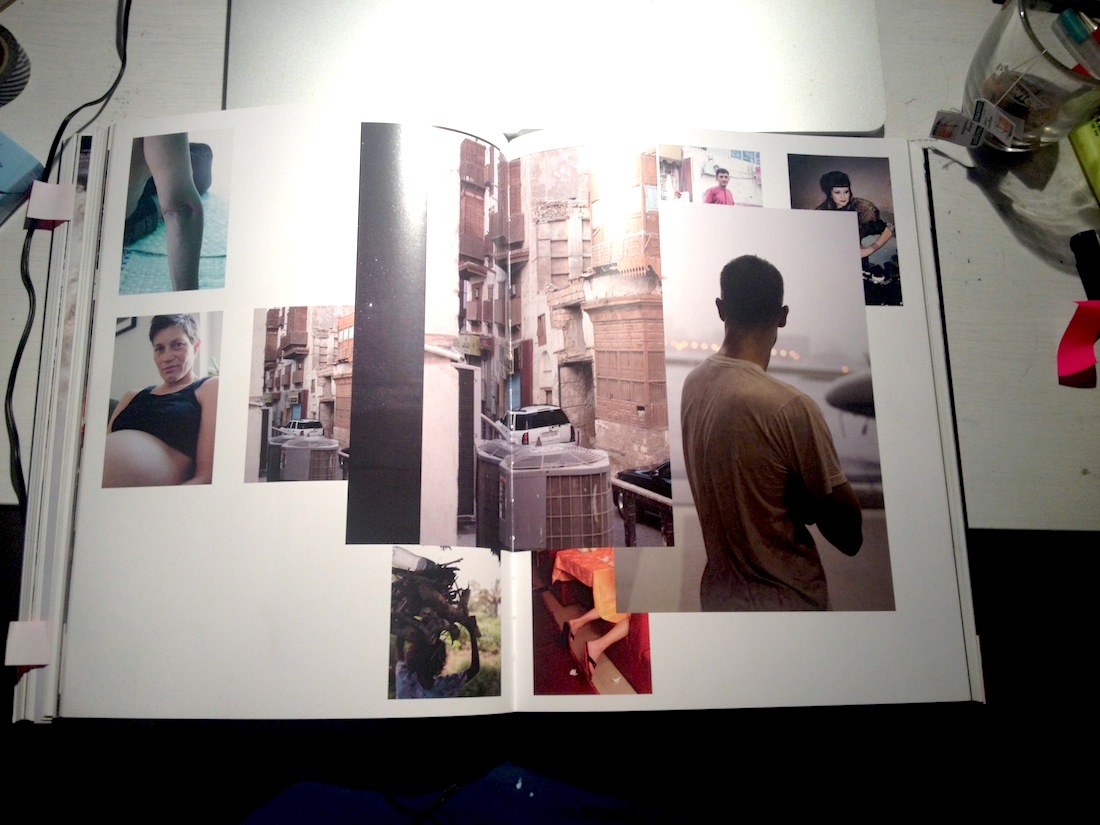
![Help me, I am blind - cover[3]](https://designblog.rietveldacademie.nl/wp-content/uploads/2013/12/Help-me-I-am-blind-cover3.jpg)
